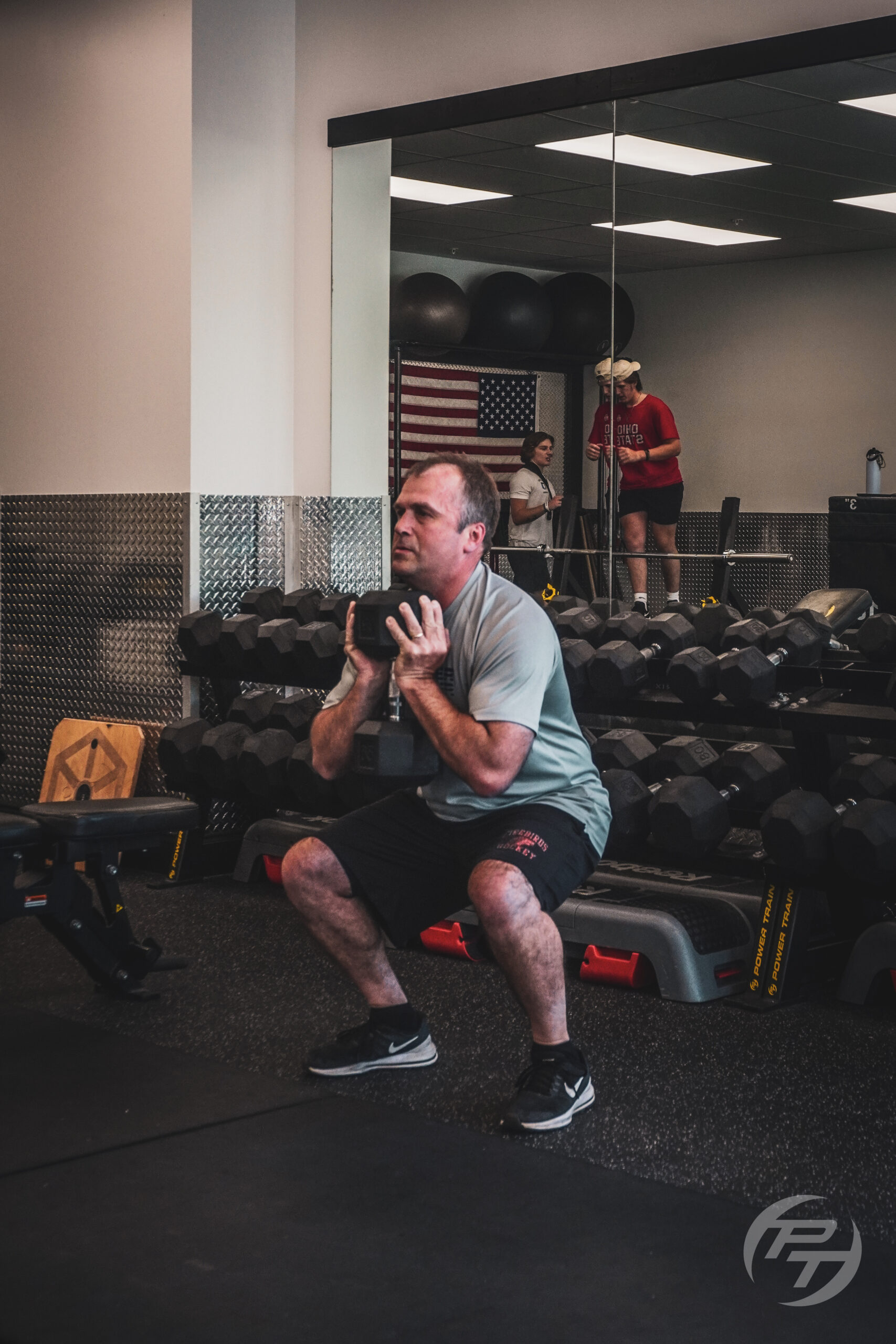 How To Increase Your Squat
How To Increase Your Squat
by Mitch Davis
First, please replace the exercise “squat” with any exercise you might be curious how to improve. Sounds pretty silly to some, as you wonder how we can so easily replace one exercise for another. I hope to explain my reasoning over the next few paragraphs. I’ll start with the reasoning as to why we can talk about improving any exercise without needing to get specific on the details.
The fitness industry has made everything really complicated. We hear the influencers telling us exactly why we can’t do a certain exercise and then proceed to sell us on their method to improve whatever issue that just made up for you. Instead, let’s make things super simple. If I want to improve my squat or increase the amount of weight I am able to squat, the very first thing I should be doing is… squatting. If this wasn’t your first notion when it came to improving your squat, you are the product of the fitness industry’s ability to overcomplicate everything. So, let’s undo some of the damage that has been done.
Without getting too scientific here, we can simply look for anecdotal evidence and experiences. We can look at powerlifters and strongman competitors. They are the strongest humans on earth. What are they doing to improve their squat? They’re squatting. Go and ask your really strong friends how much they squat. Then, ask them how long they’ve been training. Then, ask them how frequently they’ve been squatting (or whatever exercise you’re asking about). You should start to notice a trend. Being really strong takes consistent practice and effort, it adds up over time, and is the product of a lot of peaks and valleys in training.
Beyond that, exercise is way too subjective and very unique person-to-person. Hence the dire need for educated coaches (shameless plug, I don’t care). We must look at the history of injury, mobility, how you move, how you’re built, etc. Additionally, we must understand that what might look like a fantastic squat to one person, might not be the best position for the next. So, when it comes to actually adding load onto the bar, it is just as much planning, organization, and technique, as it is getting stronger.
Beyond the boring stuff, ya know, the stuff that coaches care about, we can talk about some broad generalizations to help you add weight to that bar. First, make sure you’re managing your “toos”. You don’t want to be overtraining, that is, too much, too soon, too often, at too high of an intensity. On the other hand, you want to make sure you’re not doing too little. For many of us, the area we struggle to add weight in is probably the area that needs more attention. You want a bigger squat yet only squat once a week. Have you tried squatting twice a week? Three times? Obviously, there is a point of diminishing returns, but for many of us, I believe we are simply under training that given movement or body part.
Next, I would encourage you to look at movement versus movements. I believe we get way too caught up in that “unique” exercise. We look at the squat, we see back squat, we see front squat, we see goblet squat, we see split squat, and the list goes on. Rather than looking at this as unique exercises, maybe look at these as all falling under the same category of “squat”. This can help with boredom, can help with some added volume without overly taxing one given movement pattern, and most importantly, is going to force you to learn to move different objects, at different loads, in different planes, and at different intensities. Instead of focusing on “back squatting” once a week, you could focus on squatting three times per week. Monday you can front squat, Wednesday you can perform dumbbell loaded split squats, and Friday you can back squat. Now, you’ve just hit that squat pattern three days a week, under different loads and intensities. You are now smarter than about 99% of all fitness influencers out there, congrats!
Check our Tips and Tricks for more information on our YouTube channel!
Mitchell Davis is the Director of Remote Coaching at Power Train Sports & Fitness. He is a PhD candidate at Liberty University where he is pursuing his doctorate in Health & Exercise Science. He has been a coach and educator for 13 years, serving in roles such as collegiate strength and conditioning coach, high school strength and conditioning coach, adjunct professor, personal trainer, and fitness consultant.
Leave us a comment below! Let us know your thoughts on this article and leave any questions you’d like answered in a future blog!

 How To Increase Your Squat
How To Increase Your Squat